Are you feeling confused by all the technical jargon when it comes to selecting and researching your next bathroom makeover? You're not alone - talking about plumbing isn't always straightforward. At Westside Bathrooms, we are here to help you out.
Thankfully, this blog post looks at some of the common British bathroom terminology, demystifying many Words du Jour in an approachable way. Rather than being overwhelmed by strange phrases such as bi-fold steel hinge door or bottom outlet waste trap, we'll fly gently through each term with comprehensible definitions that help simplify getting your perfect bathroom.

An Overview of the Most Common Bathroom Terms
Ah, the humble bathroom. It's the room we spend some of our most private moments in, yet we rarely stop to appreciate the sheer array of vocabulary we use to describe it. From the humble 'loo' to the more clinical 'lavatory,' it's safe to say that the English language has bountiful options for naming the porcelain throne. And what about all the little knick-knacks that inhabit our bathrooms? Can you tell your loofahs from your washcloths? Then there's the all-important plunger - a tool that, although unassuming, could make or break your morning. Fear not, dear reader, for within this overview of the most common bathroom terms lies all the knowledge you need to navigate the watery underworld that is the bathroom. So, sit back, relax, and let's dive in!
Understanding the Terms for Toilets and Urinals
Are you tired of feeling daft in the loo when someone mentions a cistern or a siphon jet? It's time to brush up on your bog vocab. Let's start with the basics: a toilet bowl is where you do your business, and the cistern sits on top of it, holding the water for flushing. As for the urinals, they come in all shapes and sizes, from the top-mounted urinal to the stall urinal. And remember the siphon jet - a fancy term for the flushing mechanism. So next time you pop to the loo - you will be simmering with lingo thanks to this handy crash course.
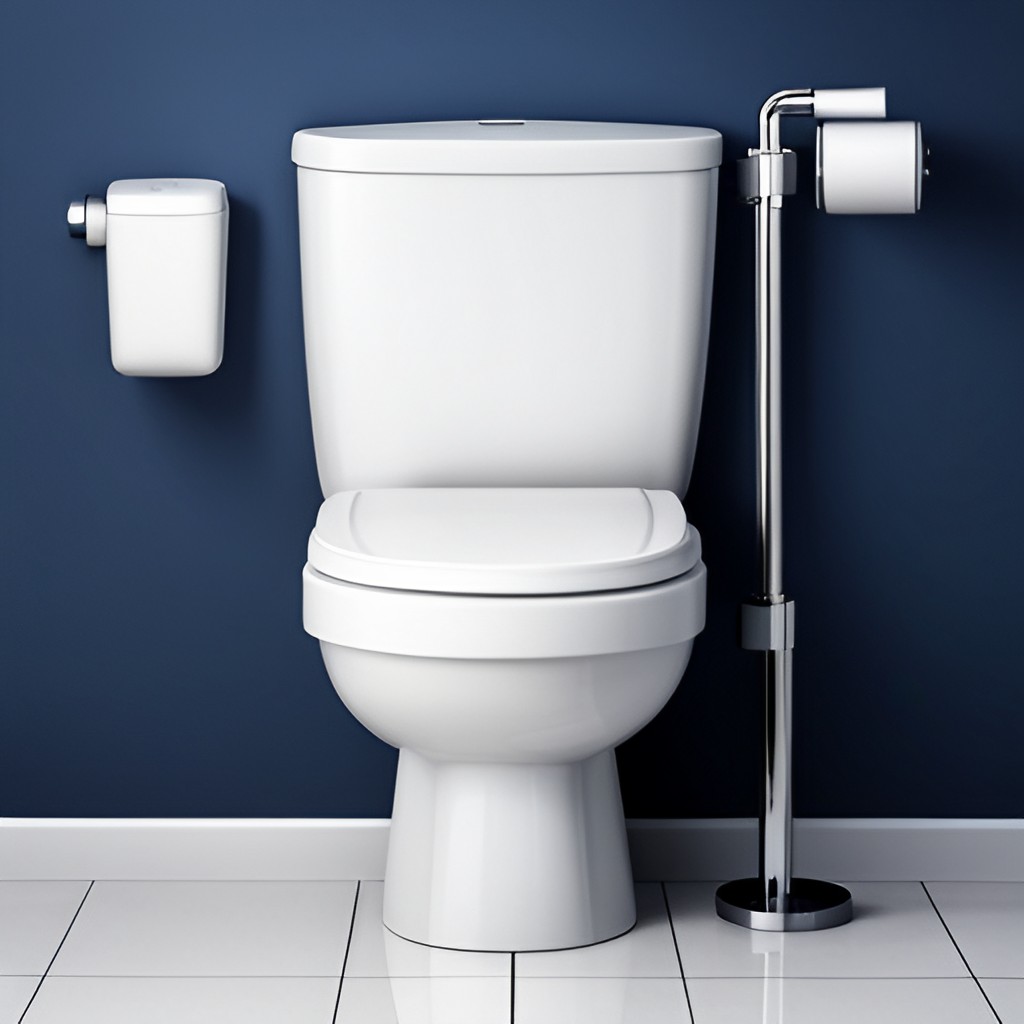
Some more common bathroom toilet terminology:
- Toilet Bowl: The rounded ceramic part of the toilet where waste is deposited before it is flushed away.
- Cistern or Tank: The part of the toilet that holds and releases water during flushing.
- Flush Mechanism: The system that allows water to flow from the cistern into the bowl to flush away waste.
- Siphon Jet: A hole in the bottom of the toilet bowl that directs water into the trapway, helping to create the siphoning effect that removes waste.
- Trapway: The curved section at the back of the toilet bowl that carries waste away when the toilet is flushed.
- Fill Valve: The component inside the tank that refills the tank with water after each flush.
- Float Ball: A device inside the tank that rises with the water level and shuts off the fill valve when the tank is full.
- Overflow Tube: A safety feature that directs excess water into the bowl if the fill valve fails to shut off.
- Flush Valve: The device in a urinal that controls the release of water for flushing.
- P-Trap: A type of trap used in plumbing to prevent sewer gases from entering buildings. In urinals and toilets, it retains a small amount of water after each flush to block the gases.
- Rimless Toilet: A modern toilet design without a traditional rim, making it easier to clean as there are fewer hidden areas for germs to accumulate.
- Soft Close Lid: A feature on some toilet seats that prevents them from slamming shut, allowing them to close slowly and quietly.
- Dual Flush Toilet: A toilet system that gives the option to flush with a smaller or larger amount of water. It's designed to save water when a full flush isn't necessary.
- Wall-Hung Toilet: A toilet that is mounted on the wall, with the cistern concealed behind the wall. This can make cleaning easier and save space in small bathrooms.
- One-Piece Toilet: A toilet in which the tank and bowl are integrated into one unit, making it compact and easy to clean.
- Two-Piece Toilet: A traditional style of toilet with a separate tank and bowl.
- Touchless Flush: A feature on some modern toilets and urinals that allows you to flush without touching any surfaces, promoting hygiene and convenience.
- Macerator Toilet: A type of toilet that grinds waste into a slurry, which can then be pumped into a home's main drainage system. It's often used in basements and other areas where a conventional toilet can't be installed.
- Comfort Height Toilet: A toilet with a higher-than-standard seat height for ease of use, particularly beneficial for the elderly or people with mobility issues.
- Back-to-Wall Toilet: A toilet where the cistern is concealed within the bathroom wall or a piece of furniture, creating a streamlined look.
Explaining Shower and Tap Terminology
Ah, the wonderful world of showers and faucets. It's a place where the water flows freely, and the terminology can be a bit confusing. Let's start with the basics. The first thing you need to know is that a faucet is a tap/valve that controls the flow of water. So, when you turn the knob on your basin, you're really turning the faucet.
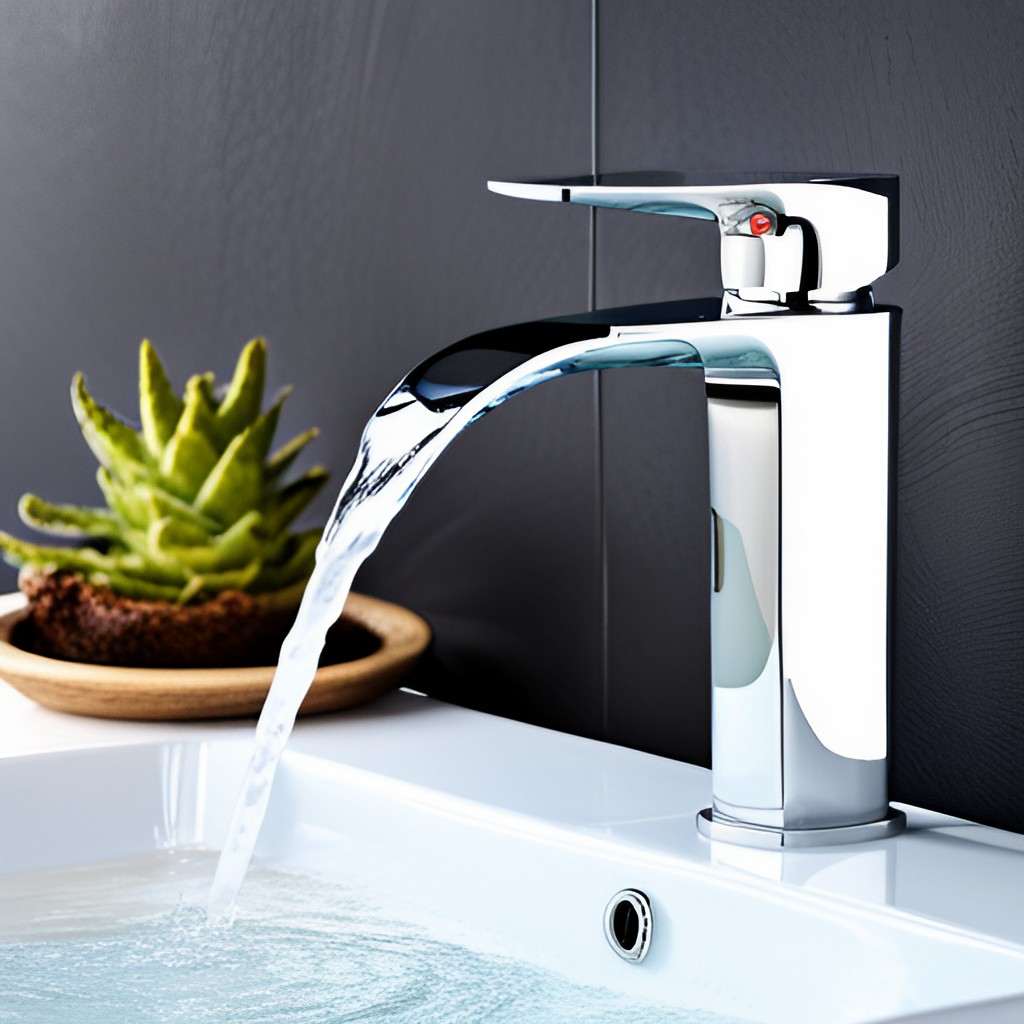
Now, when it comes to showers, there are a few terms you should be aware of. The first is the showerhead, which is the part that sprays the water. Next up is the diverter, the valve that diverts the water from the spout to the showerhead. Finally, there's the mixer valve, which controls the temperature of the water. See? Easy peasy lemon squeezy. Now, go forth and shower with confidence!
Here's a comprehensive list of the most common shower and bathroom faucet terminology:
- Showerhead: The shower component where water is sprayed out, available in various spray patterns and functions.
- Handheld Shower: A detachable showerhead that can be held in hand for focused water delivery.
- Rain Showerhead: A large, flat showerhead that provides a rainfall-like effect during use.
- Body Sprays: Wall-mounted showerheads that provide a full body water massage.
- Thermostatic Valve: A device that blends hot and cold water to your desired temperature and keeps it constant.
- Pressure Balance Valve: A device that maintains balanced water pressure by adjusting the flow of hot and cold water.
- Shower Trim: The visible parts of the shower, such as handles, knobs, showerhead, and tub filler.
- Diverter Valve: A mechanism that redirects water from one outlet to another, such as from a tub faucet to a showerhead.
- Tap Aerators: Devices that mix air with water flow in your faucet, reducing water usage and preventing splashing.
- Spout: The part of the tap where the water comes out, often used to fill a bathtub.
- Deck-Mounted Taps: A faucet that's mounted on the horizontal surface of the tub or basin.
- Wall-Mounted Faucet: A faucet that's mounted on the wall above the basin or tub.
- Single-Hole Tap: A type of tap that requires only one tap hole for installation and typically has the handle integrated into the faucet itself, typically a basin mixer or bath mixer tap.
- Cartridge: A valve inside the tap that controls the flow of water when the handle is turned.
- Flow Rate: The amount of water a faucet or showerhead can deliver, usually measured in gallons per minute (GPM).
- Pop-Up Waste: A waste drain mechanism typically used in bathroom basins, which can be opened or closed easily by a lever.
- Mixer Shower: A type of shower that draws water from both the hot and cold water supplies and combines them within the unit to reach the desired temperature.
- Electric Shower: A shower that heats water instantly as it passes through the unit, separate from your hot water system.
- Power Shower: A shower incorporating a pump to boost water flow provides a more powerful spray.
- Digital Shower: A shower with a digital thermostat that accurately controls water temperature and flow.
- Slide Rail: A vertical bar in the shower that allows for height adjustment of the handheld showerhead.
- Cross Handle: A type of handle on a tap or shower with an "X" shape.
- Lever Handle: A type of handle on a faucet or shower that operates by lifting or lowering a lever.
- Aerated Showerhead: A showerhead that mixes air with water to create a fuller, more powerful spray.
- Waterfall Taps: A tap that delivers water in a waterfall-like stream, adding a touch of luxury to the bathroom.
- Rough-In Valve: The part of a shower or faucet that is installed in the wall and connects to the water lines.
All About Basins and Wastes
Ah, basins and wastes - the unheralded champions of our households. Always at the ready to cleanse away our worries (and our dirty faces), but are we truly acknowledging their importance enough? It's high time we pay homage to our basins and basin wastes for their indispensable roles. Did you know that basins have a history dating back to ancient times? As early as 1500 BC, Egyptians crafted intricate washing bowls from mouth-blown glass.
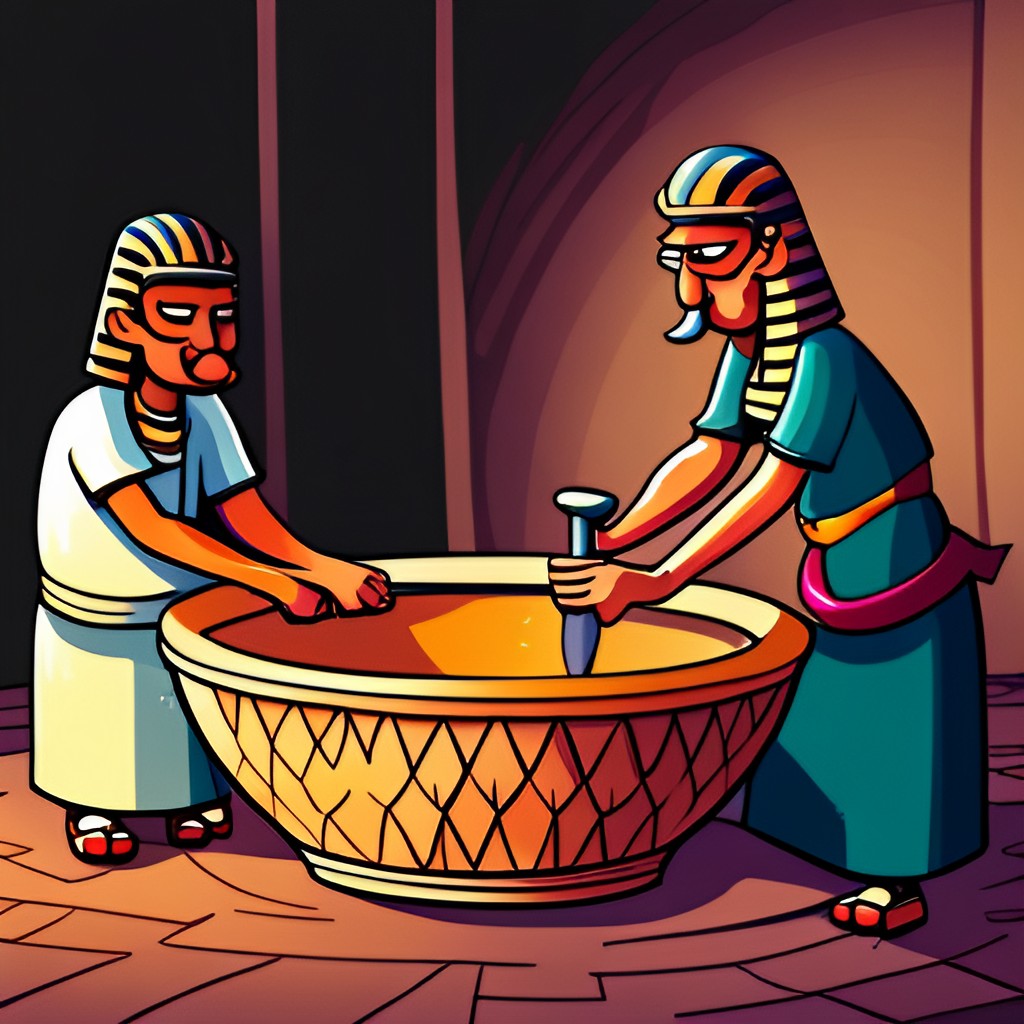
And let's not overlook our reliable wastes. They may come in a myriad of shapes and sizes, but they all share one crucial characteristic: they prevent our homes from becoming waterlogged. So, the next time you're lathering your hands or rinsing off a dish, spare a moment to express gratitude to your basin and waste for their tireless efforts. They might not be able to respond, but we're confident they'd appreciate the acknowledgement.
Basin and Waste Terminology:
- Basin: This bowl-shaped fixture is used for washing hands and other purposes. (Known as a Sink in the Kitchen)
- Pedestal Basin: A freestanding basin that sits on a tall, slender base, hiding the plumbing.
- Semi-Recessed Basin: A basin where the back half is set into a countertop or unit, while the front half protrudes outward.
- Wall-Hung Basin: A basin that is mounted directly onto the wall, freeing up floor space.
- Cloakroom Basin: A compact basin designed for use in small spaces like cloakrooms or powder rooms.
- Mixer Tap: A tap that blends hot and cold water together, allowing you to control the temperature with one handle.
- Pillar Tap: Separate taps for hot and cold water, each requiring its own hole in the basin or countertop.
- Waste: The system that allows water to drain out of the basin. Also refers to the hole in the basin that water drains through.
- Pop-Up Waste: A type of plug system that uses a lever to open and close the drain.
- Flip Waste: A plug system that operates by pushing one side to open and the other to close.
- Chain Waste: A traditional type of plug connected to a chain.
- Bottle Trap: A part of the waste system beneath the basin, it traps a small amount of water to prevent sewer gases from entering the bathroom.
- Overflow: An additional hole in the basin that prevents water from spilling over if the basin is left filling.
- Slotted Waste: A type of waste that includes a slot for an overflow.
- Unslotted Waste: A type of waste without an overflow slot, used for basins without an overflow hole.
- Basin Vanity Unit: A combination of basin and storage unit, perfect for bathrooms needing extra storage space.
- Countertop Basin: A basin that sits on top of a worktop or vanity unit, often paired with high-rise or wall-mounted taps.
- Under-counter Basin: A basin that is installed beneath the countertop for a seamless look.
- Monobloc Tap: A tap where hot and cold water are mixed in one valve, and the temperature and flow rate are controlled by one or two handles.
- Deck-Mounted Tap: A tap that is mounted directly onto the basin or worktop.
- Wall-Mounted Tap: A tap that is mounted onto the wall rather than the basin or worktop, often used with countertops or under-counter basins.
- Quarter Turn Tap: A tap requiring only a quarter turn to open or close.
- Ceramic Disc Tap: A type of tap that uses two ceramic discs to control water flow, known for its durability and resistance to drips.
- Waste Pipe: The pipe that carries away wastewater from the basin.
- P-Trap: A type of trap used in plumbing to prevent sewer gases from entering buildings. In basins, it retains a small amount of water after each use to block the gases.
- S-Trap: Similar to a P-trap, but designed for use where the waste pipe exits through the floor rather than the wall.
- Click-Clack Waste: A type of plug system that opens and closes the drain when you push the stopper up or down.
- Freeflow Waste: A waste system without a closing mechanism, allowing water to flow freely out of the basin at all times.
- High Pressure Tap: A tap designed to operate efficiently under high water pressure conditions.
- Low Pressure Tap: A tap designed to operate efficiently under low water pressure conditions.
Different Types of Bathtubs and Tubs
Ah, bathtubs. A place where you can relax and soak all your troubles away. But did you know that there are different types of tubs to fit any bathroom style? From the classic alcove bathtub for those tight spaces to the luxurious freestanding tub for a spa-like experience, there's a bathtub for every taste. And remember the trendy clawfoot bathtub that's making a comeback. Feeling adventurous? Try a Japanese soaking tub for a unique bathing experience.
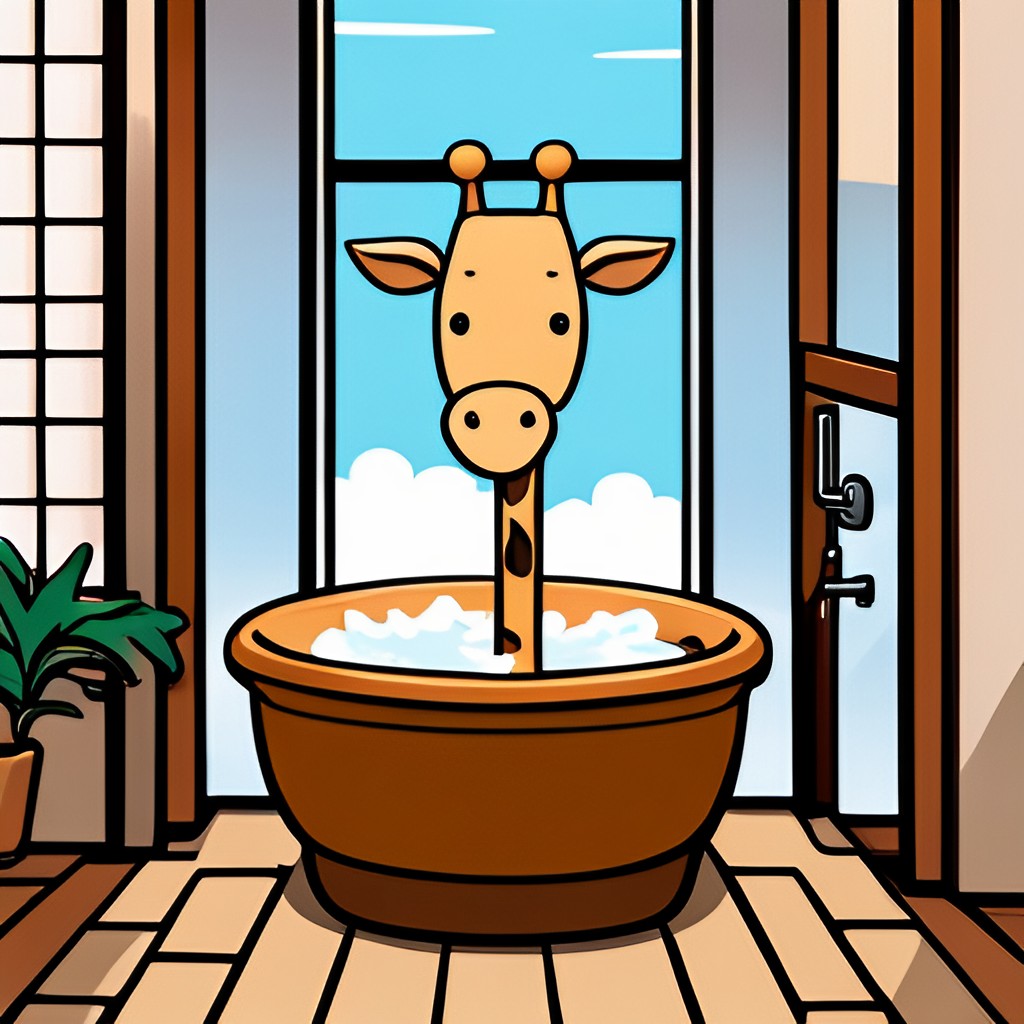
No matter what type of bath you choose, one thing's for sure - you'll be able to unwind and destress in your own personal oasis. Cheers to tub time!
Baths and Bathtub Terminology:
- Bath (or Bathtub): A large container for water in which a person can wash their body.
- Freestanding Bath: A bath that stands alone and is not attached to any walls. It can be placed anywhere in the bathroom.
- Corner Bath: A bath designed to fit into a corner of a bathroom, often with a curved front.
- Shower Bath: A bath that is combined with a shower, usually with a wider end where the shower head is located.
- Double-Ended Bath: A bath that has taps and waste in the middle, allowing for use from either end.
- Single-Ended Bath: A bath that has taps and waste at one end, designed for use from one end only.
- Roll Top Bath: A freestanding bath with edges that roll outwards, often standing on claw feet for a traditional look.
- Slipper Bath: A type of freestanding bath that is raised at one end, providing support for the back and shoulders.
- Bath Panel: A cover for the side or end of the bath, often used to conceal plumbing.
- Overflow Bath Filler: A device that combines an overflow and bath filler into one unit.
- Bath Waste: The system that allows water to drain out of the bath.
- Pop-Up Waste: A type of plug system that uses a lever to open and close the drain.
- Bath Trap: A part of the waste system beneath the bath, it traps a small amount of water to prevent sewer gases from entering the bathroom.
- Thermostatic Bath Tap: A tap that blends hot and cold water to your desired temperature and keeps it constant.
- Pillar Bath Taps: Separate taps for hot and cold water, each requiring its own hole in the bath.
- Mixer Bath Tap: A tap that blends hot and cold water together, allowing you to control the temperature with one handle.
- Pipe Shrouds: Decorative covers for exposed pipes under a freestanding bath or basin, enhancing the overall aesthetic.
- Bath Screen: A glass panel used to prevent water from splashing out of a shower bath onto the floor.
- Bath Bridge (or Caddy): A tray that fits across the width of the bath, providing a surface for items like soap, books, or drinks.
- Bath Rack: A storage solution that sits within the bath, often used for toiletries during bathing.
- Whirlpool Bath: A bath fitted with jets that circulate water to create a spa-like experience.
- Deck-Mounted Taps: Taps that are installed directly onto the ledge (deck) of the bath.
- Wall-Mounted Taps: Taps that are mounted onto the wall above the bath, often used with freestanding baths.
- Floor-Standing Taps: Taps that stand on the floor and arch over the bath, often used with freestanding baths.
- Overflow: An additional hole in the bath that prevents water from spilling over if the bath is left filling.
- Quarter Turn Taps: Taps that only need a quarter turn to open or close, providing easy control of water flow.
- Ceramic Disc Taps: Taps that use two ceramic discs to control water flow, known for their durability and resistance to drips.
- Acrylic Bath: A bath made from acrylic, a lightweight and durable material that retains heat well.
- Steel Bath: A bath made from steel, which is strong and resistant to damage but may not retain heat as well as an acrylic bath.
- Cast Iron Bath: A bath made from cast iron, which is extremely durable and retains heat well, but is very heavy.
- Jacuzzi Bath: A brand-specific term often used to refer to whirlpool baths or hot tubs with jets.
- Bath Spout: The part of the tap where water flows out into the bath.
- Bath Filler: A type of bath tap that combines hot and cold water feeds into one spout.
- Diverter: A device that redirects water from the bath tap to the showerhead or vice versa.
- Handheld Shower: A detachable showerhead that can be used for rinsing, often included in a bath shower mixer tap.
- Bath Shower Mixer Tap: A bath tap that includes a diverter to switch between filling the bath and a handheld shower.
- Bath Legs: The supports that hold up a bath, often adjustable to accommodate uneven floors.
- Bath Grips: Handles attached to the sides of the bath to provide extra support when getting in or out.
- Anti-Slip Bath: A bath that features a special surface to reduce the risk of slipping.
- Bath Seal: A strip of material that seals the gap between the bath and the wall to prevent water leakage.
- Bath Waste Overflow: A combined bath waste and overflow unit, often including a plug or other mechanism to close the drain.
- Flexible Bath Waste Pipe: A flexible pipe used in the bath waste system, allowing for easier installation in tight spaces.
- Bath Chain: A chain attached to the bath plug, allowing it to be pulled out to drain the bath.
- Bath Plinth: A panel fitted beneath a freestanding bath to conceal the underside and any plumbing.
- Offset Bath: A type of corner bath that has a longer side and a shorter side, offering more bathing space than a standard corner bath.
- Bath Return Panel: A side panel used with shower baths to prevent water from escaping around the shower screen.
Knowing What the Different Tiles Mean
As you step into a room, have you ever wondered what the tiles under your feet mean? Tiles are more than just pretty designs - they often have a meaning behind them. For example, a pineapple tile symbolises hospitality, a fleur-de-lis represents French culture, and a dog symbolises loyalty. Knowing what the tiles mean can add a whole new layer of appreciation for the art and history behind them. So next time you're strolling through a fancy hotel or historic building, take a moment to look down and decode the story beneath your toes. Who knows, you might even impress your friends with your newfound tile knowledge.
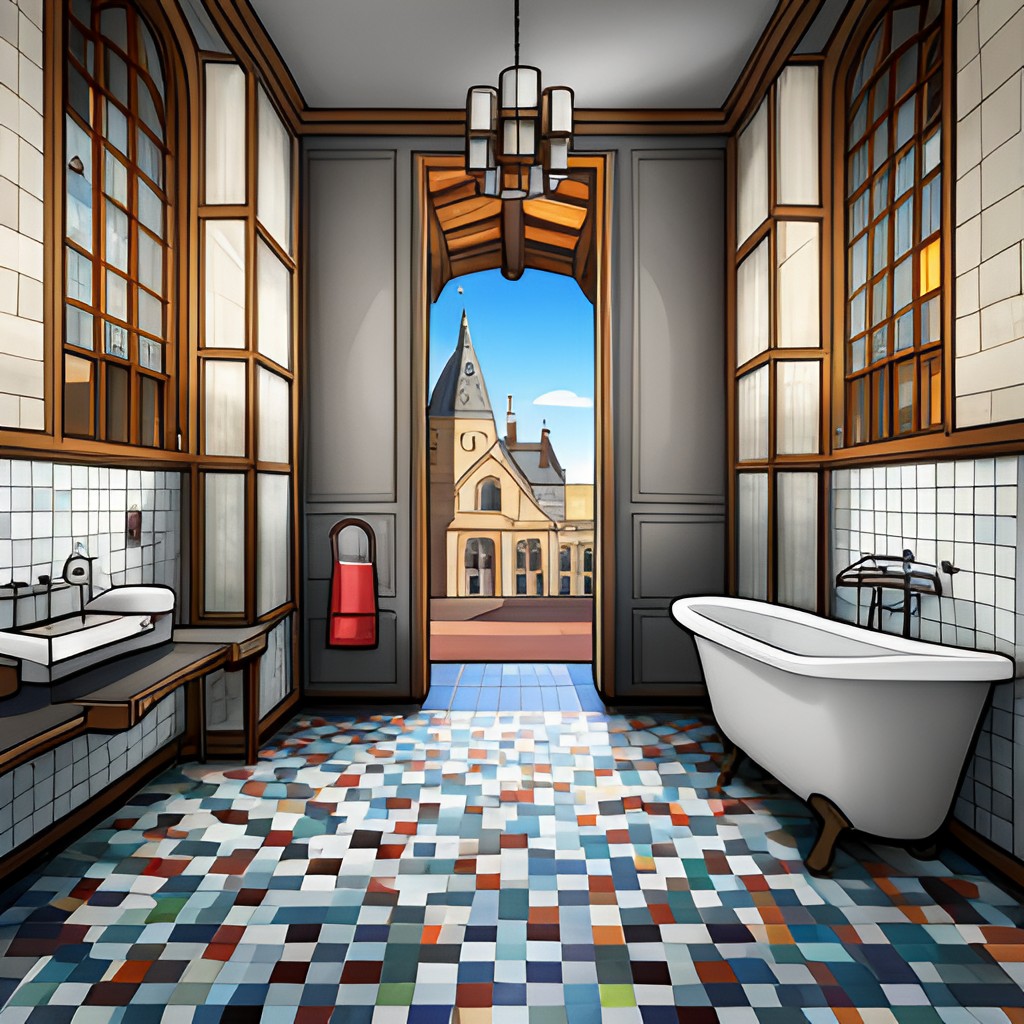
Tiling (both wall and floor terminology):
- Tile: A thin, usually square or rectangular piece of baked clay, porcelain, or other material, used in covering walls or floors.
- Ceramic Tile: A type of tile made from clay that has been permanently hardened by heat, often glazed and decorated.
- Porcelain Tile: A denser, less porous and harder type of ceramic tile that is more resistant to moisture and staining.
- Mosaic Tile: Small, often square pieces of tile typically set on a mesh sheet for easy installation.
- Grout: A dense fluid used to fill gaps or used as reinforcement in existing structures. It's used to seal joints between tiles.
- Sealer: A substance applied to porous surfaces to fill in the pores and prevent absorption of water or contaminants.
- Adhesive: A substance used for sticking objects or materials together, in this case, used for fixing tiles to walls or floors.
- Tile Spacers: Small pieces of plastic used to ensure equal spacing between tiles when they are being fixed in place.
- Tiling Trowel: A tool used for applying adhesive to the surface where the tiles will be placed.
- Tile Cutter: A tool used for making straight cuts across whole tiles.
- Tile Nippers: A tool used for nibbling or chipping away at the edge of a tile to shape it.
- Bathroom Wall Panel: A wall covering that is often used as an alternative to tiles in the bathroom. They can be made from PVC, acrylic, or laminate material.
- Shower Wall Panel: A type of bathroom wall panel specifically designed for use in the shower area.
- Wet Wall Panels: Another term for bathroom wall panels, especially those used in wet areas like showers.
- Tile Effect Wall Panels: Wall panels that imitate the look of tiles.
- Grout Line Grooves: The lines on tile effect wall panels that mimic the appearance of grout lines between tiles.
- Tongue and Groove System: A method of fitting similar objects together, edge to edge, used mainly with wood, in flooring, parquetry, panelling, and similar constructions.
All in all, now you have a comprehensive understanding of the most common bathroom terms! Knowing the ins and outs of terminology is just as important as being able to fix your fixtures, so it's a great asset to have. It may seem like a lot of jumble at first, but with a bit of research and practice, you'll soon learn how to identify what each term means and refer to them correctly. From toilets and urinals to tubs and tiles - there's no end to the breadth of UK bathroom terminology! We hope this guide has demystified some of that lingo for you and you can confidently use it in everyday conversations or when looking for inspiration when fitting your own bath. Remember – knowing your fittings can help you feel more confident in finding the perfect fixtures for your space.
Why shop at Westside Bathrooms?
Westside Bathrooms has been trading for nearly 40 years and provides a full range of bathroom products, including showers, enclosures, sanitaryware, furniture and Brassware. Westside Bathrooms can help supply you with the best products on the market, whatever your needs, budget, style or inspiration.
We have a team of customer service staff who can help you with your order, give advice and answer any questions. Call 01472 266100 or contact via e-mail at info@westsidebathrooms.co.uk for any help at any stage of your buying journey.






